Manual Delivery Table
1. Import hydraulic system
2. Memory sponge mattress
3. Electric Longitudinal displacement ≥350mm
4. Tabletop is X-ray available
5. Optional Carbon fiber bed panel
This Manual Delivery Table is widely used in operating rooms of hospital and clinics. It is suitable for surgery operations on body part
like purposes head, neck, chest and abdominal cavity, perineum and extremities for surgery, obstetrics and gynecology, ENT, orthopedics
and other surgical operations.
The Manual Delivery Table can be flexibly adjusted by the foot pedal pump and manual hand wheels. Adjustments include waist bridge lift,
head board folding up and down, Backboard folding up and down, leg board folding down, tabletop lean left and right, tabletop lead forward
and backward .
Material of the whole structure is made of 304 stainless steel.
Certificates:
Certificates of CE, ISO9001, ISO13485, CFDA are approved.
Our company
Shangdong province is the main machinery production base in China.
KANGERJIAN Medical Technology Co., Ltd. is a group of senior lighting design expert and machinery manufacturing expert company with 20years experience and factory locating in the east city--the hometown of confucius--Qufu in Shandong province, China.
The Company has passed the ISO:9001:2008 quality system certification, ISO13485:2003 quality system certification, CE certification and CFDA certification, so that the enterprise management standards and product quality is relatively connected to expand the international market for enterprises to lay the foundation.
Our main products: Operation Theatre Lights , Halogen Operating Light , LED Operating Light , Double Dome Operating Lamp , Single Dome Operating Light , Surgical Table , Medical Electric Operating Table, Electric Hydraulic Operating Table, Obstetric Delivery Table , Gynecology Examination Tables, Economical Gynecology Table , Electrical Gynecological Table, Operating Theatre Pendants , medical hanging tower, ICU tower crane in ICU room, LED Viewbox etc. medical equipment.
The quality of casting by me, the market led by me! Excellent from professional, KANGERJIAN people lead the new trend of medical equipment.
KANGERJIAN Team
Package:
Inner Package---Dust-proof plastic film+ qualified shockproof foam
Outer Package---Thick Plywood case for over sea delivery
We support ODM of the package if there's special demands from clients
Shippment:
Sea shipping, Air transportation, Expresses like DHL, UPS FEDEX, TNT etc. Our forwarder give good price support.
Clients also can choose their own forwarder.
Manual Delivery Table Manual Delivery Table,Obstetric Delivery Bed,Manual Gynaecology Delivery Table,Manual Multifunction Delivery Table Shandong qufu healthyou Medical Technology co.,Ltd , https://www.kangerjian-medical.com
One: Insulation and ventilation combined with cold winter weather, and the temperature required inside the home is very different from the outside air temperature. It is necessary to ventilate the air and maintain the indoor temperature. This is the main problem that should be solved in winter. While ventilating and ventilating, be careful not to cause the temperature in the house to be ups and downs, and to prevent the stress caused by the excessive temperature difference from causing the disease. It is advisable to use the ventilation outlet more than 1.5 meters above the back of the chicken. When the temperature drops drastically and the cold-keeping work cannot keep up, it is often easy to make the broiler suffer from exogenous cold and respiratory illnesses characterized by cough, sneezing, and dyspnea.
The hen house should be maintained to prevent thieves and drafts from invading the flock. The broilers raised on the plains should be thickened with litter and use litter to increase the room temperature. Always change the litter, open the window ventilation at noon. In general, ventilation starts at 6 days of age, and ventilation is increased as the age increases so that the birds have enough oxygen. Three days before the chicks were housed, the temperature inside the house was controlled at 34.5°C to 35°C. After the chickens enter the house, the temperature rises from 1°C to 2°C, and the temperature in the first week is preferably 35°C to 36°C. At this time, the chickens are in good condition, lively and spirited, evenly distributed, free in movement, and eating normally. At the same time, attention should be paid to changes in chickens and temperature adjustments in a timely manner. If chickens gather in groups, “squeak†and shout, shrink their heads, etc., it means that the temperature is too low and the temperature in the house should be raised; if there is panting, frequent drinking, etc. , indicating that the temperature is too high, the temperature should be reduced. At the age of 2 weeks, it dropped to 30°C to 32°C, dropped to 26°C to 28°C at the age of 3 weeks, and dropped to a constant temperature of 23°C in 1 week.
Twenty-two: Beware of ammonia accumulation in winter, often due to excretion of feces and damp litter of chickens could not be promptly removed, resulting in the accumulation of ammonia in the chicken house, the concentration increased, resulting in broiler ammonia poisoning or other diseases. Because of the accumulation of ammonia in the homes, the relative lack of oxygen, coupled with the cold weather, the chicken's metabolic rate increased, for fast-growing broilers, it is easy to trigger ascites syndrome. In order to prevent the adverse effects of ammonia on broilers, it is recommended that the chicken farm (household) do a good job of the following feeding and management work: the laid litter must have a certain thickness, generally 5 cm or more; minimize watering during operation to prevent water leakage from the water tank , Wet litter; If the humidity in the house is too large, it should be promptly removed from the manure and damp litter. In addition, ammonia absorption and deodorant can be used to reduce the ammonia concentration of the house. Commonly used are ferrous sulfate, superphosphoric acid, copper sulfate, hydrated lime, and the like.
Three: strengthen feeding management
1. Scientific management of new chicks. Before hatching, strict scouring, disinfection, and fumigation of the young house are carried out. Equipment, clothes, houses, etc. are thoroughly cleaned. Because of the physiological characteristics of broiler chickens, after entering the house, you should start eating after drinking water first, especially for chickens that are transported over long distances, which can promptly supplement the body's lost water. For chickens that are unwilling to move, measures of forced feeding should be used to artificially drive, but care should be taken to avoid the phenomenon of crushing. The illumination time should be shortened and should not be prolonged. The position, time and intensity of the light source should not be changed at will.
2. The ground does not dry out. The cement floor is not water-absorbent and easy to wet. It is best to use the tri-soil to hit the ground. The floor is breathable and keeps dry and does not return moisture. In addition, to control drinking water, drinking water is generally 2 to 3 times the amount of material consumed, but not much water supply, because the water will increase the humidity of the litter, do not store water in the house, prevent litter from absorbing water, prevent running when using a water pipe. water.
3. Choose good litter to keep it soft. Use fresh, dry, soft, mildew-free, absorbent material, preferably wood shavings. When used, it should be used skillfully. It is better to lay the mat at one time. Do not add it sporadically. Turn it around so that it does not become hard, does not catch the felt, does not cling, and stays soft.
4. Feed nutrients and clever. Due to the low temperature in autumn and winter, the calorie consumption of broilers is relatively large. When formulating diets, the standard of metabolic energy in feeds can be appropriately increased, and the proportion of protein in feeds should be properly reduced. Special attention should be paid to the vitamin content in diets to meet the requirements. need. Feed should be fed now to prevent freezing, and hot feed and warm water can be provided when conditions permit. The raw grain of the formulated feed must be free of mildew and impurities to prevent respiratory diseases. The diet does not use salt to prevent drinking more water, resulting in high moisture content or diarrhea. In addition, the fat content in the feed should not be too high, otherwise it will make the feces sticky and fall on the litter and easy to build. The amount of protein in the diet should be appropriate, and if it is too much, it will not be easily digestible. For example, if you feed many bean cakes, it is easy to dilute, and wet grass bedding is harmful.
è¯€çª : : : : : : : : : : : : : : : : : : : : : : : : : : : : : : : : : : : : : : : : : : : : : : : : :. Therefore, while improving the body's resistance, we must do a good job in the prevention and control of diseases. Vaccination against vaccination must be conducted in strict accordance with immunization procedures. Always use some medicines for disease prevention. The sheds are sterilized on a regular basis. The empty sheds are best treated with formalin fumigation. High quality non-toxic disinfectants should be used for spray disinfection. The chickens are sterilized on a regular basis and are generally implemented with spray disinfection and drinking water disinfection. After a respiratory disease occurs in a broiler, the veterinarian must promptly confirm the diagnosis and prescribe the right medicine. Symptomatic treatment can be properly applied to some asthma, cough medicine, can reduce the number of deaths due to breathing difficulties.
In general, broiler chickens raised on the Internet are prone to non-infectious respiratory diseases, especially when broilers of about 25 days of age are prone to develop in winter. The cause of the disease is not bacteria or viruses, nor parasites, but the result of poor feeding and management. Generally from the first day, continuous or intermittent air drying, excessive dust, and in the case of poor ventilation, the chicken inhaled, long-term accumulation and disease. The prevention and control measures are to increase ventilation to maintain the indoor oxygen content while keeping the temperature inside the house. To maintain a certain humidity in the house, the humidity in the first week is about 20%, and the humidity in the second week to the slaughter should be maintained at about 60%. More than 3 weeks old broilers should be ventilated, and the temperature in the house should not be lower than 21°C. Try to reduce unnecessary stress factors and take all possible means to allow chickens to eat, so as to ensure the body's energy needs and enhance the disease resistance of chickens. In addition to taking the above measures, appropriate amounts of antibiotics and vitamins or baking soda are added to drinking water and feed to enhance the anti-stress ability of chickens and to alleviate the acidosis caused by poor breathing.
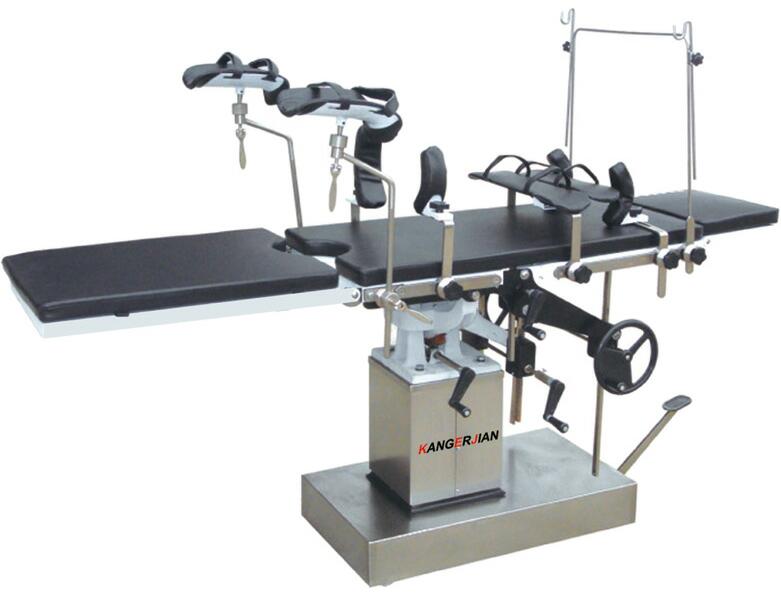
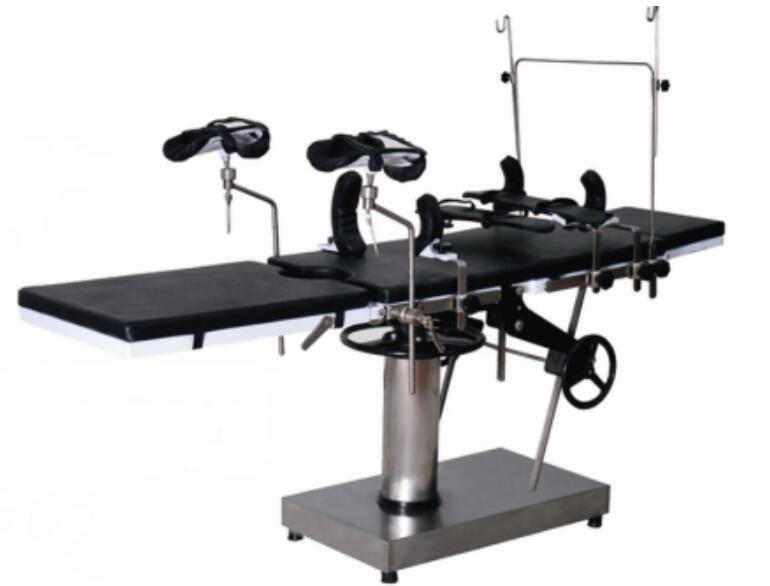
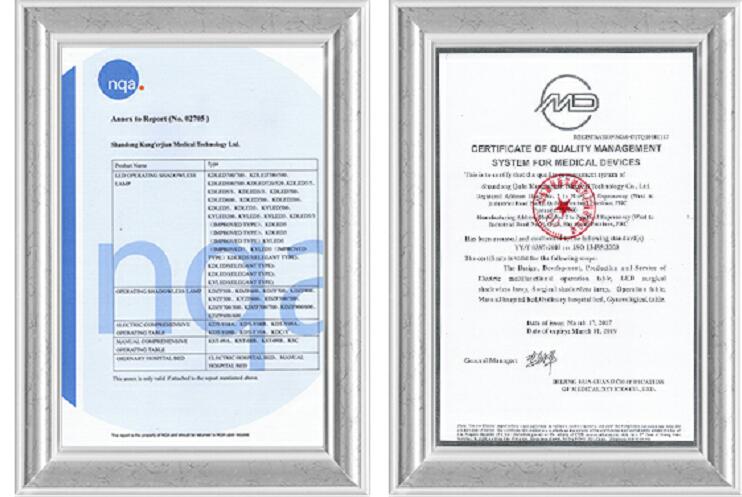
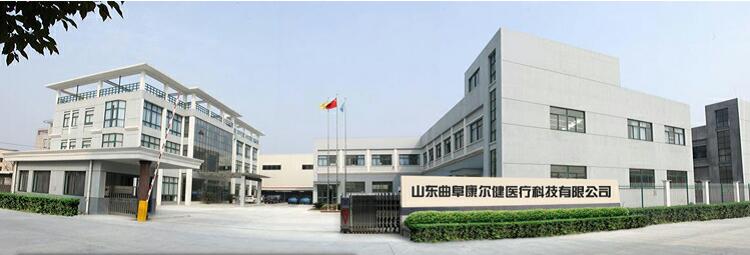
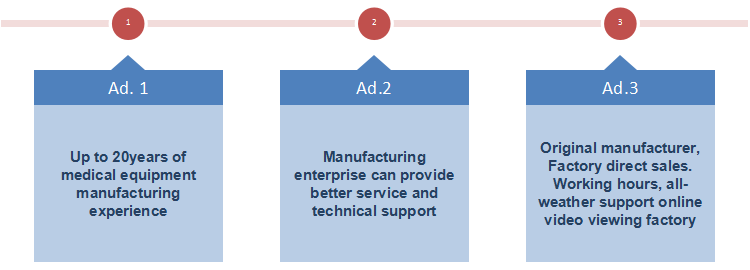
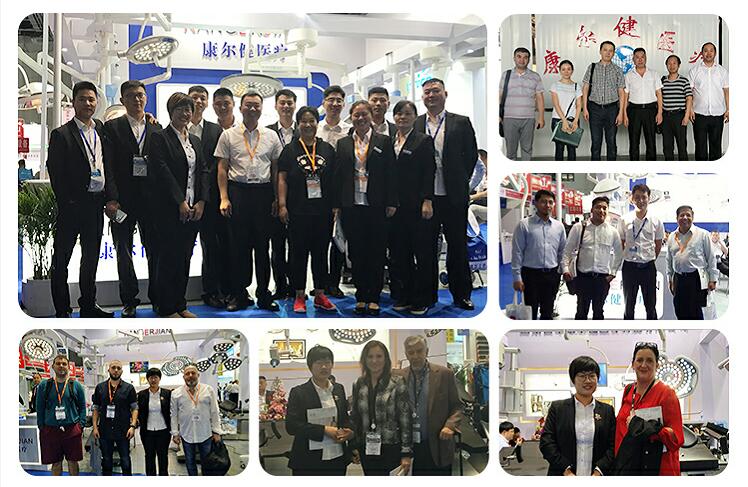

About the breeding of winter broilers
Every winter, the efficiency of broiler breeding is not very good, especially in solving problems such as insulation and ventilation, removal of harmful gases, and prevention and control of epidemics. Broiler husbandry and management is a comprehensive task. It is necessary to strengthen the management of broiler immunization, deafness, feed, and breeding personnel. Only by making the work of each link transparent, can breeding efficiency be improved.
Prev Article
Cucumber live storage management